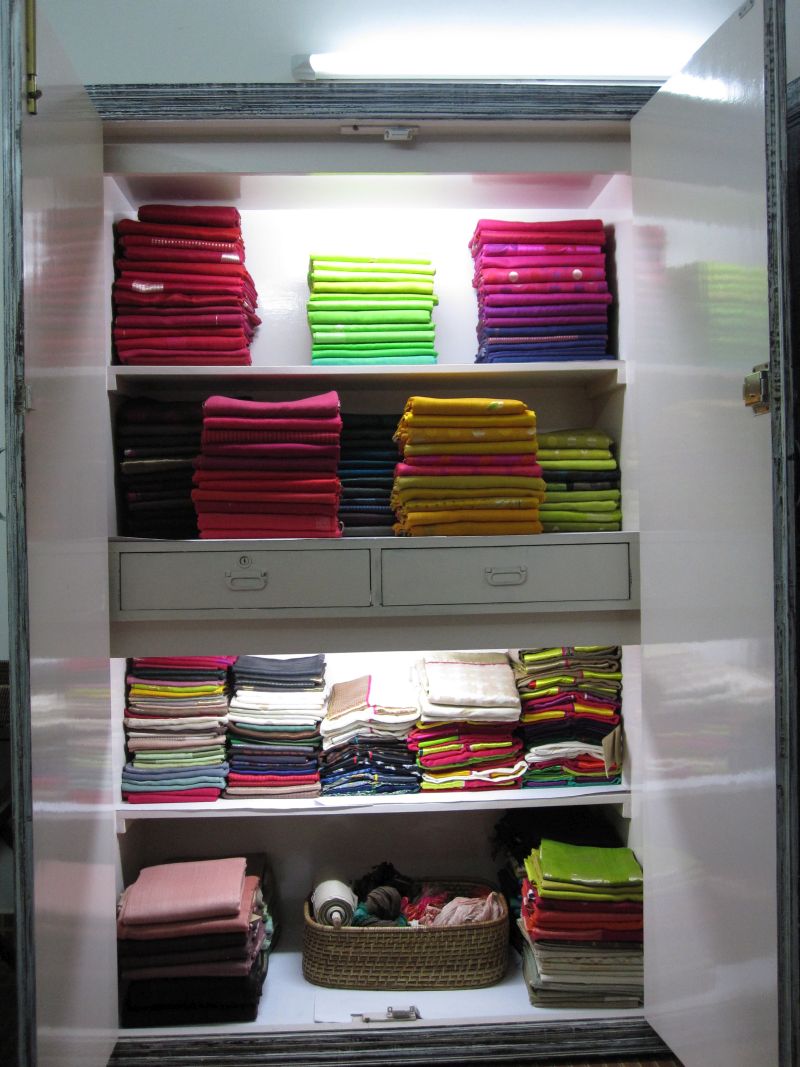I remember my first encounter with a Raw Mango sari. In November 2010, at the end of a few long and intense weeks of visiting studios and meeting designers, my colleagues and I walked into the Good Earth store at Khan Market, Delhi. On the second floor we saw lots of lovely things but outstanding amongst them was a display of beautiful, brightly coloured handwoven saris. In a country where strong use of colour is not unusual, there was still something distinctly different about these. They were just simply very elegant and very eye-catching. I decided that we had to meet the designer, so on finding his contact details on the internet I made a phone call. Not really expecting anyone to answer, I was somewhat surprised when I got an answer on a very faint, crackly line. I had got through to Sanjay Garg, the name behind the brand. He was out of town, working in Chanderi, Madhya Pradesh but fortunately for me, he was due back in two days – the day before we were to leave Delhi. Appointment made, I was half expecting it not to happen.
Arriving at a small house in Vasant Gunj, we were shown into a whitewashed room with two cupboards. I really wasn’t sure what I would find but after a cup of delicious ginger tea, Sanjay opened the doors and the lights inside flickered on revealing piles of saris stacked in a colour coded order.
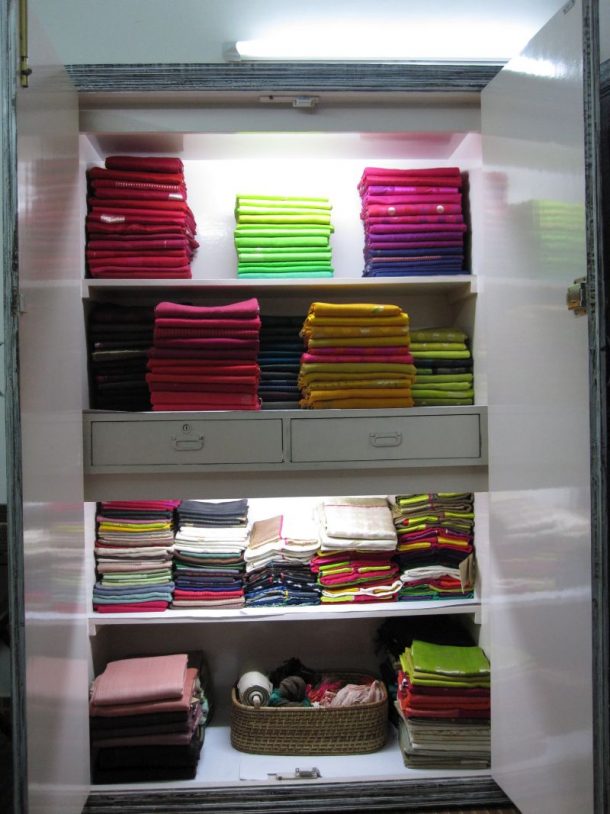
Taking out one sari after another he proceeded to open them up infront of us. The fresh colours, simple designs and lightness of fabric made us all very excited. We knew we had found something very special. Sanjay talked with passion about his work with the weavers in Chanderi and how he wanted to turn the perception of weaving around to give it some prestige so that the next generation would stay in the profession. His pride in India’s heritage and Indian skills was evident and his primary aim was to make the sari popular.
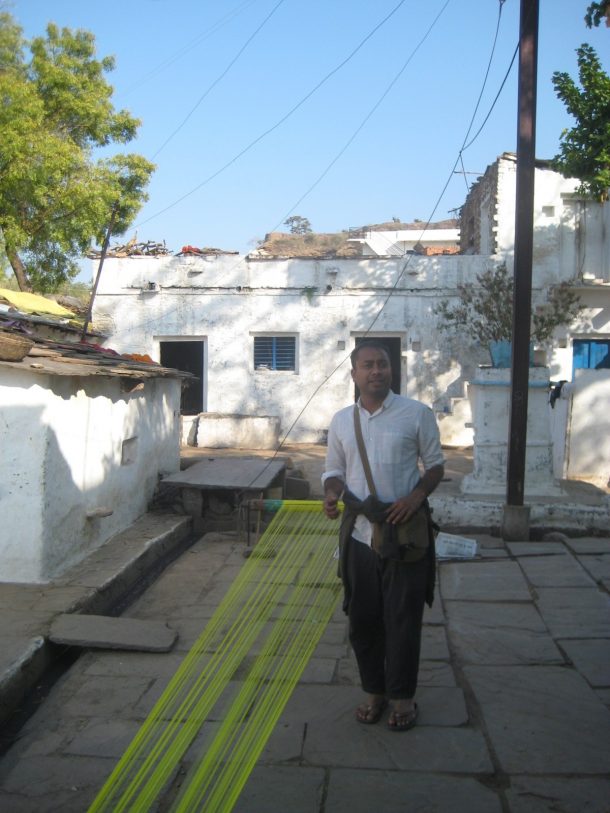
Five years later, his brand has built a reputation for high quality handwoven saris, very wearable in their softness and very contemporary in their aesthetic. He has moved to a larger studio space where his team can work on new designs and he has a bigger show room for his customers.
He takes inspiration for his motifs from miniature paintings and historic textiles and you can see some of them below.


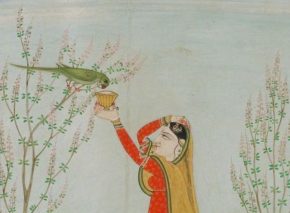

Here he recreates a geometric motif that is seen on embroidered shawls from the Panjab. He has woven the design into the fabric, rather than embroidered on top of the sari.


A general term for this embroidery is phulkari (flower-work) and is done using floss silk and worked from the back of the fabric leaving a dense covering of glossy silk on the front.
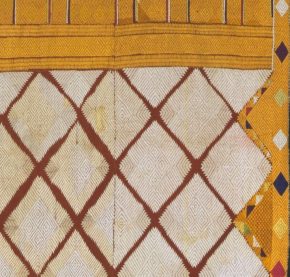
Sanjay’s interest in finding new ways of using old techniques has seen him work with weavers to innovate with mashru, a fabric woven with a silk warp and cotton weft in Gujarat. It is a warp-faced fabric in that the face of the cloth is silk and the reverse is cotton. Sanjay and the weavers have created saris where the mashru boders are elegantly integrated with a plain cotton or plain silk ground.


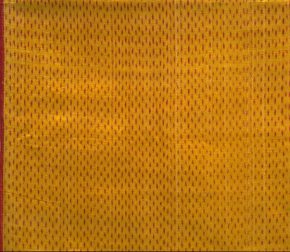
Sanjay is constantly innovating and taking inspiration from many sources. He, along with a number of other designers, has been at the forefront of making the handloom sari appeal to a younger generation of women. For the exhibition I acquired a piece that is one of his earliest designs and contains all the elements that have helped to build his reputation. It is a signature piece.
